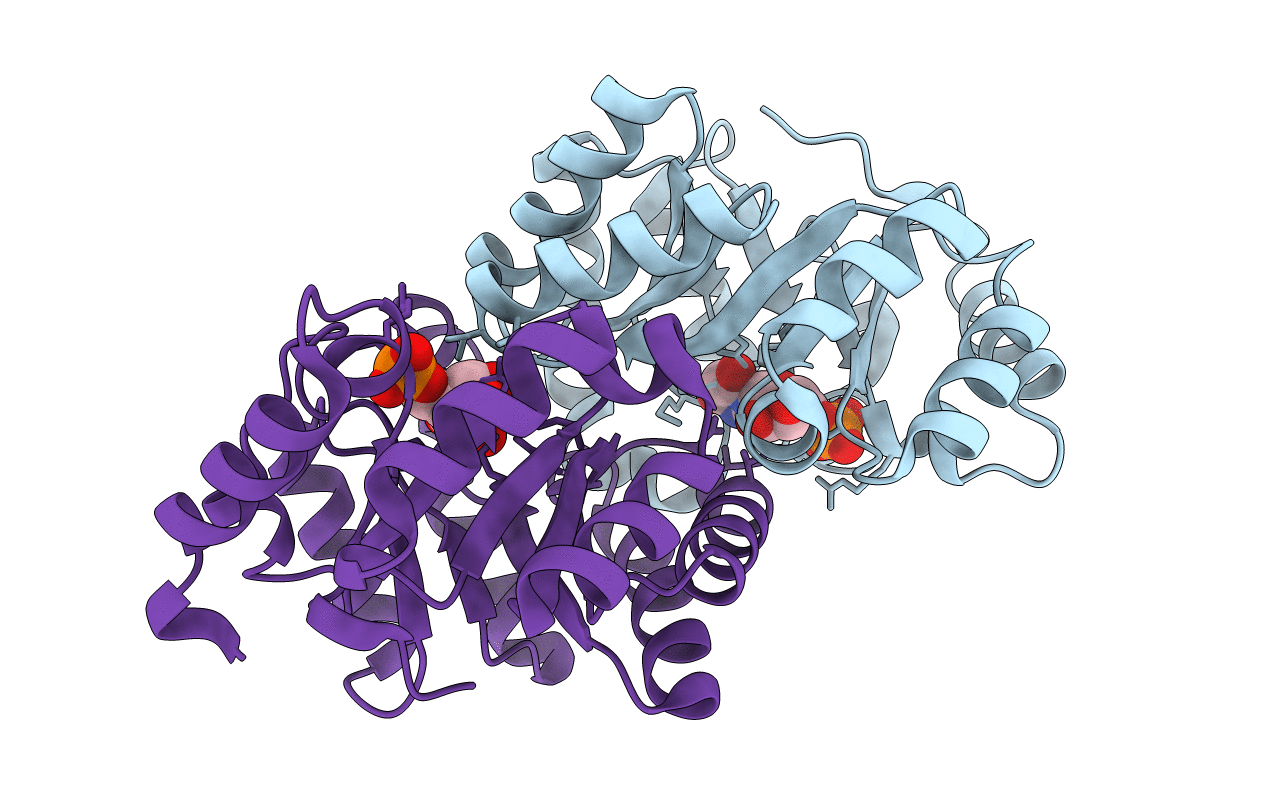
Deposition Date
2010-10-11
Release Date
2011-09-21
Last Version Date
2023-09-06
Entry Detail
PDB ID:
3P61
Keywords:
Title:
Crystal structure of the mutant R160A of orotidine 5'-monophosphate decarboxylase from Methanobacterium thermoautotrophicum complexed with inhibitor BMP
Biological Source:
Source Organism:
Methanobacterium thermoautotrophicum (Taxon ID: 187420)
Host Organism:
Method Details:
Experimental Method:
Resolution:
1.40 Å
R-Value Free:
0.22
R-Value Work:
0.19
R-Value Observed:
0.19
Space Group:
P 1 21 1


